The agroforestry technology ‘fodder bank’ is based on woody species with high plant biomass production, especially of high nutritional value. The practice of fodder banks is not common in Africa but is being timidly adopted in farming practice in recent years for the following primary reasons:
- The unbalanced use of space, particularly for livestock farming;
- The lack of control over the expansion of cultivated areas;
- The non-realisation of a profit-making product from the year of the bank's establishment.
Fodder banks have many advantages:
- The increase in quality and quantity of above-ground fodder;
- The availability of fodder in all seasons;
- Improving the natural regeneration of non-domesticated fodder plants;
- Reducing the over-exploitation of natural pastoral areas;
- Sustainable increase in milk production, weight gain and manure;
- Maintaining plough oxen in good shape at the start of the crop year.
The development of a strategy to accelerate the adoption ‘fodder banks’ remains a determining factor in reconciling the interests of producers and environmental protection. The activity is based on the association of annual crops with fodder plants, considering that:
- Some species do not produce as much biomass in the year of planting to meet the producer's income;
- The fodder supply is quantitatively and qualitatively out of balance with the demand in time and space.
To promote this practice in Africa, and more specifically in the Sahel, the 'fodder bank' concept must be directly associated with an immediate added value. Based on this hypothesis, ‘alley cropping’, the planting of rows of trees and/or shrubs to create alleys within which agricultural or horticultural crops are produced based on woody fodder, could be a better-suited technology than the ‘fodder bank’ concept. It is essential to consider that over-specialisation of family farms in the Sahel is not common; the predominant approach is an integration of cropping and livestock systems. This requires ration management of plant biomass through surface composting under annual crops and animal feeding during the winter and at the peak of natural vegetation scarcity.
Experience from ORM4Soil – inspiring work in SustainSahel
ORM4Soil – Organic Resource Management for Soil Fertility - helped identify viable solutions that help farmers build soil fertility in Africa. IPR was involved in the project in Mali and has used the results and experience from this project to inspire their work in SustainSahel.
Within the scope of ORM4Soil, they installed a plantation of Gliricidia sepium to which we associate an annual crop such as maize, rice or sorghum. Combining a legume and a non-legume provides many benefits. In addition to these advantages, during the winter, fodder remains abundant so that the abundant plant biomass of the woody fodder species can be used as green manure. Since it grows back quickly from November onwards, the new plant biomass is used as fodder, which is becoming scarce. Thus, on the same unit of land, the owner has enough to feed himself in the same season as grain and fodder for the few animals he owns. The expected amount of manure produced is high because animal roaming is reduced. This integration of agriculture and livestock is a characteristic of family farms in the Sahel.
The increase in grain yield, 0.16 - 0.99 Q/ha, of quality forage and crop residue on the same unit of land provides an incentive to associate Gliricidia sepium with an annual crop. The development of a fodder resource through sheep fattening after the annual crop harvest (duration of fattening: two months). The sheep started their consumption with fresh bunches of Gliricidia sepium leaf. It was found that the leaves of Gliricidia sepium were palatable both in the fresh and dry state.
Photo: verifies the hypothesis that gliricidia is not consumed fresh; the photo shows that the species is consumed both fresh and dry.
Written by: Sidiki Gabriel Dembele, Hawa Coulibaly, Drissa Coulibaly of IPR, Mali
More information
ctc-n-org: Information about fodder banks
orm4soil.net: ORM4Soil project website
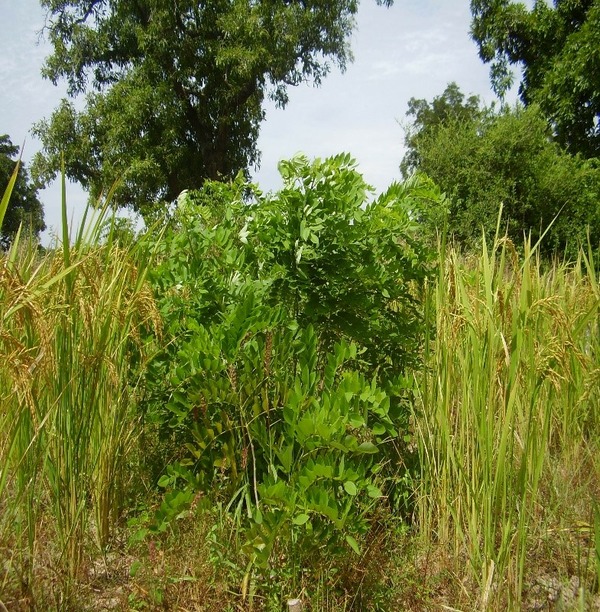
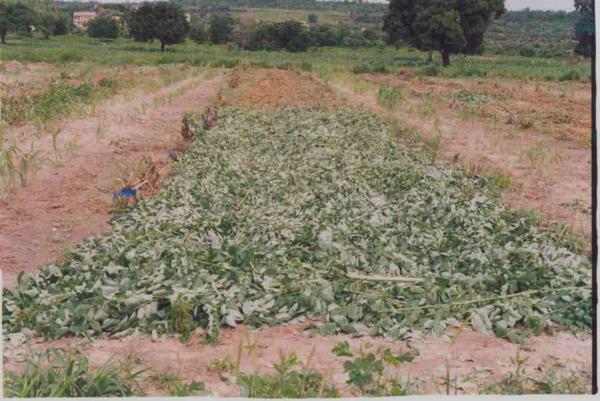
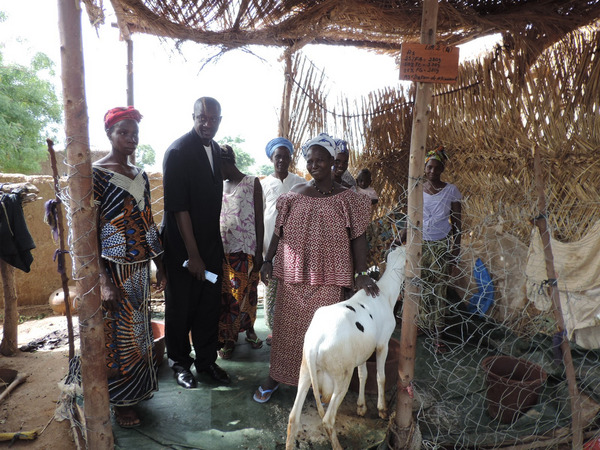
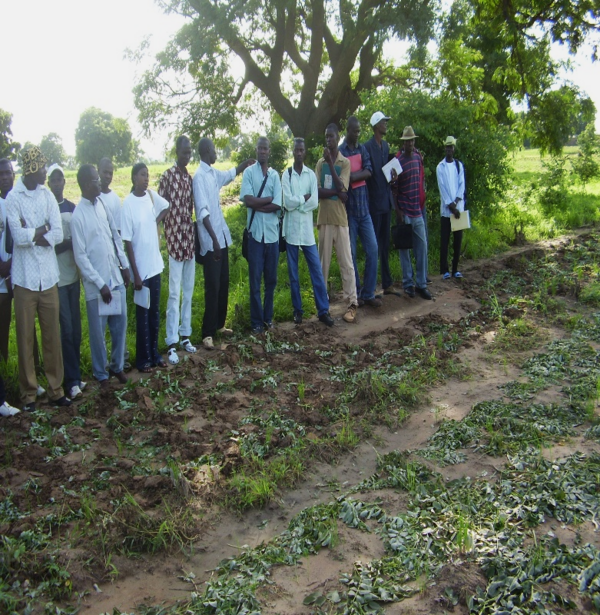
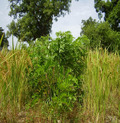


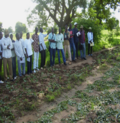
 tap and then scroll down to the Add to Home Screen command.
tap and then scroll down to the Add to Home Screen command.